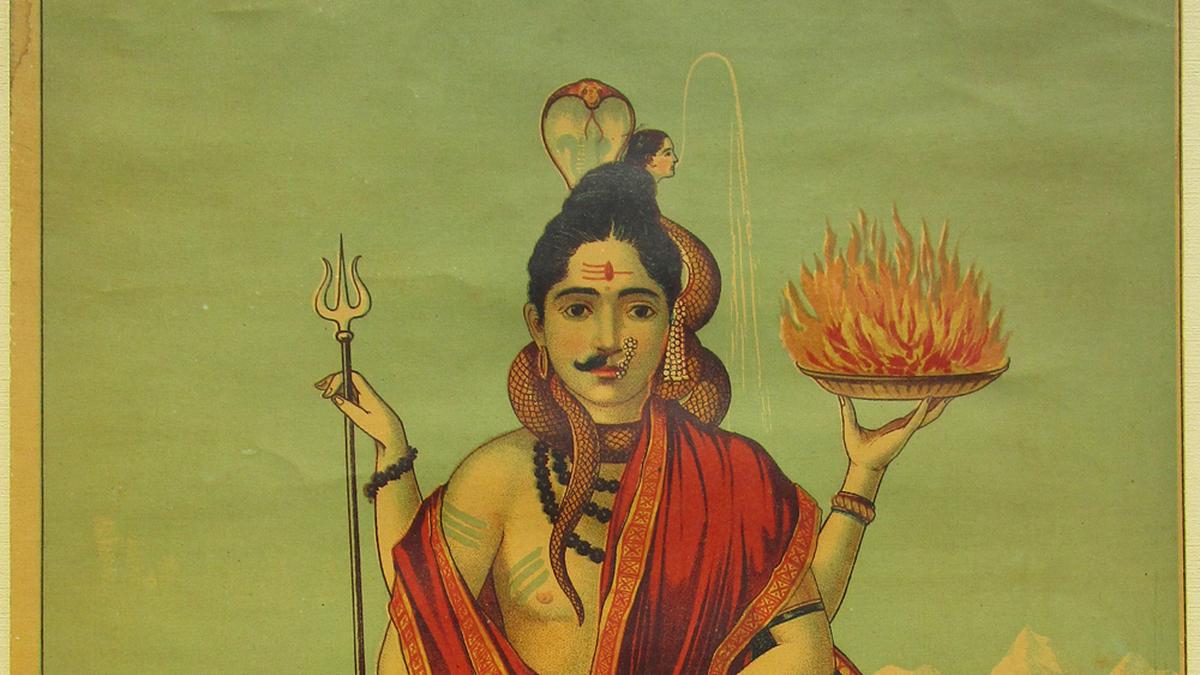There it stands, behind a glass case on the rotating platform in the centre of the Egmore Museum Bronze Gallery. Perfectly proportioned, rhythmic curves on one side, and graceful, well-defined lines on the other. Is the Ardhanarisvara supposed to represent contrast between man and woman? Or is it supposed to be a representation of equality? The answer lies a little deeper, in the queer communities that worship Ardhanarisvara as an icon of liminal sexuality.
The god is neither man nor woman, and falls on a spectrum in Hinduism that only a few mainstream characters can lay claim to. While dancers have interpreted and reinterpreted the idol (most popularly through compositions by Dikshitar and Sankaracharya) can classical dance claim understanding or exploration of the queer experience? Bharatanatyam exponent Praveen Kumar with disciple Divya Hoskere depicting Ardhanarisvara| Photo Credit:Courtesy: Simha’s Photography Recently, dance has expanded its perspectives on mythological content by spotlighting queer characters, and tapping into the several stories from our rich literary tradition that demonstrate a pre-colonial Indian perspective on the matter. Productions such as Harikrishnan’s ‘When Siva Kissed Vishnu’ and Himanshu Srivastava’s depiction of Shikhandi, use traditional choreography skills with a modern sensibility to treat the subject of the queer experience.

Yet, it still feels like much of LGBTQ+ material is considered taboo amongst classical musicians and d.
















